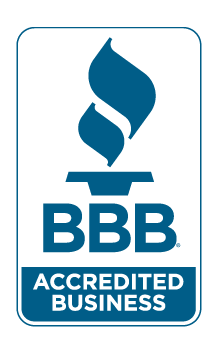As the holiday season approaches, it brings with it a unique set of challenges and opportunities for life insurance agents. This festive period, while often seen as a slow time for business, can actually be a golden opportunity to strengthen client relationships, reassess needs, and explore new avenues for growth. In this post, we'll delve into strategies that can help you navigate the holiday season successfully and end the year on a high note.
Understanding the Holiday Dynamic
The holiday season is synonymous with a busy social calendar, and understandably, setting appointments can be more challenging. Clients are often preoccupied with personal commitments and may not prioritize insurance discussions. However, this time also presents an unparalleled opportunity to connect with clients on a more personal level.
Capitalizing on Policy Reviews
One of the most effective strategies during the holidays is conducting policy reviews with existing clients. This is an excellent time to touch base, reassess their coverage needs, and ensure they are adequately protected. It's also a chance to discuss any life changes they might have had over the year, such as marriages, births, or home purchases, which could necessitate adjustments in their coverage.
Reaching Out to Lapsed Policies
The end of the year is also a perfect time to reconnect with clients who have lapsed policies. A gentle reminder of the importance of their coverage and the peace of mind it brings can go a long way. This not only helps in potentially reinstating lapsed policies but also reaffirms your commitment to their well-being.
Leveraging The Integrity Lead Center
The Integrity Lead Center’s Mortgage Protection Direct Mail leads have been receiving excellent reviews. These leads are not only high in quality but are also quick to access, often available within 48 hours. Working these leads during the holidays can complement your existing lead campaigns and provide a fruitful avenue for new business.
Embracing a Season of Giving and Connection
The holiday season is a time of giving and heartfelt connections. As life insurance agents, we are in a unique position to make a real difference in people's lives. This season, let's focus on building relationships, not just selling policies. A warm, personal approach can resonate deeply with clients and potential clients alike.
The Art of Balancing Professionalism with Festivity
While maintaining our professional goals, it’s important to embrace the festive spirit of the season. This doesn't mean compromising on our professionalism but rather blending it with the warmth and joy characteristic of this time of year. Engaging with clients during the holidays can be both enjoyable and productive.
Utilizing Technology and Social Media
In today's digital age, leveraging technology and social media can be especially effective during the holidays. Sharing helpful tips, festive greetings, or informative content about life insurance on your social channels can keep you connected with your clients and audience, even if you can't meet in person.
Hosting Virtual Holiday Events
Consider hosting a virtual holiday event for your clients. This could be an informative webinar on financial planning for the new year or a casual virtual meet-and-greet. It’s a great way to engage with clients and show your appreciation for their business.
Reflecting and Planning
The end of the year is also a time for reflection and planning. Take this time to review your accomplishments, understand the challenges you faced, and set goals for the upcoming year. This reflection can provide valuable insights and direction for your future strategies.
Staying Educated and Informed
Use the quieter moments of the holiday season to educate yourself further on industry trends, new products, or regulations. Being well-informed not only enhances your credibility but also ensures that you can provide the best advice and solutions to your clients.
Conclusion
The holiday season, with its unique blend of challenges and opportunities, calls for a strategic and thoughtful approach. By focusing on deepening client relationships, leveraging quality leads, embracing the festive spirit, and staying educated and informed, you can make this season a productive and enjoyable time.
Remember, as life insurance agents, our role extends beyond policies and premiums. We are guardians of our clients' legacies and dreams. Let's use this holiday season to reinforce this message and build lasting relationships.
Here’s to a successful holiday season and a prosperous new year!







